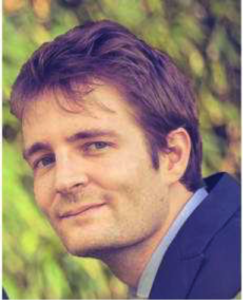Antoine Marot seeks an innovator for a planning use-case in open call #2 for innovators. We spoke with him to learn more about this opportunity.

Antoine Marot owns a double master degree of Engineering from Ecole CentraleSupelec and Stanford University. He is the Lead AI Scientist at RTE (Réseau de Transport d’Electricité), responsible for introducing AI at every level of the company. He leads multiple internal R&D projects, including developing personal assistants that support highly trained operators as they operate future smart electrical grids, developing new applications to monitor the grid and its environment in real-time, and deploying AI models into production.
For what specific problem are you seeking a solution?
Power grids are critical infrastructures which are also expected to play an important role to mitigate our environmental impact, to cope with Climate Change in particular, while not sacrificing our modern economy at the same time.
To succeed at the ongoing Energy Transition, grid operations in power grid control centers have to evolve and adapt rapidly with a more integrated approach for decision-making. More numerous and complex decisions have to be taken and planned with greater anticipation.
We aim at developing a recommendation assistant for operators to suggest relevant and timely actions for congestion management, that is to avoid overloads that can lead to blackouts. Overloads can happen because power lines have capacity limits that power flows can exceed. Power flows then need to be rerouted without creating new overloads.
What would you like to realize with your partner from open call #2 for innovators?
Departing from existing synthetic power Grid environments provided in the open-source Grid2op python framework and previously tested in L2RPN competitions, we would like to develop a planning approach for power flow congestion management. It should handle at least redispatching flexibilities (namely batteries, generator or wind and solar curtailment) and possibly topology changes. This should be done over at least the next hour time-horizon at a 5 minute resolution. This will be tested from small sized grid to larger ones.
